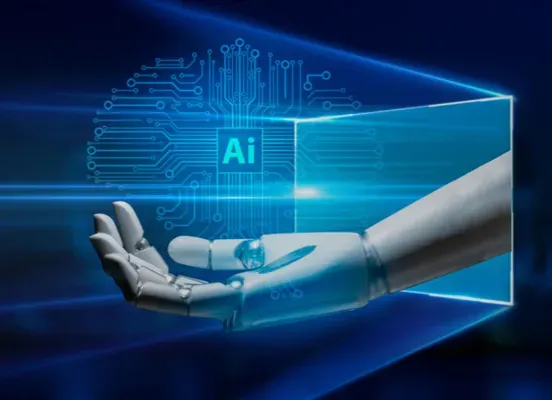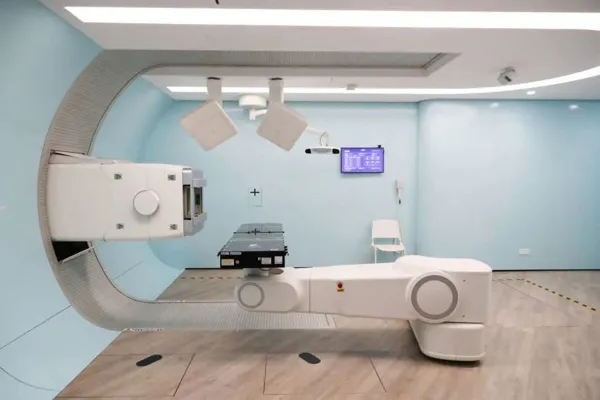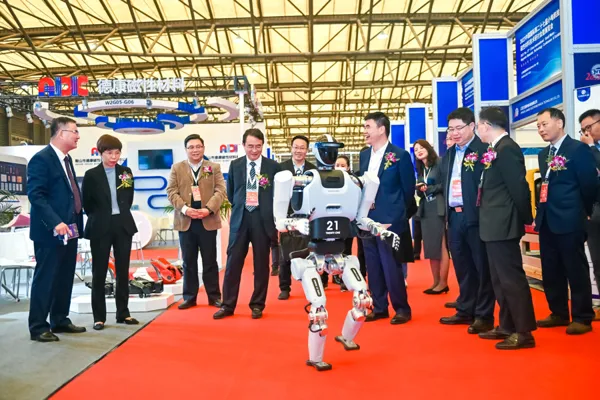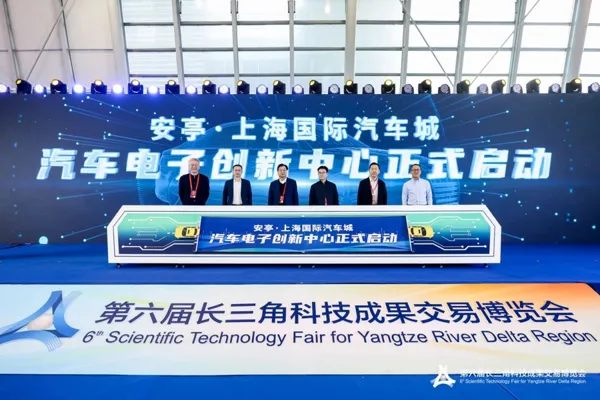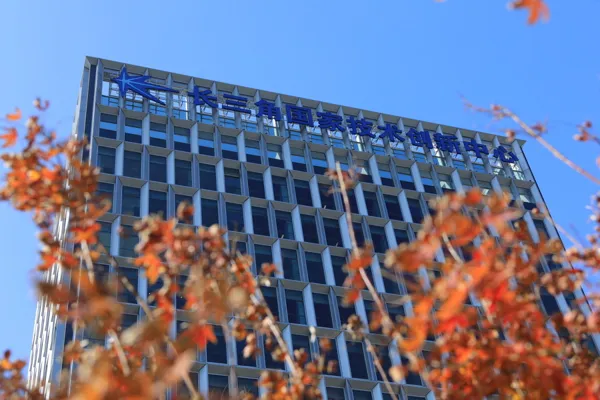ChatGPT provides new thinking for consciousness research, AI scholar: digital life needs to be seriously discussed
From the character "Tu Yaya" in the movie "The Wandering Earth" to the recent exposure of a mysterious internal project of OpenAI, the public and academic circles have been hotly discussing general artificial intelligence and digital life.
Tianqiao Brain Science Institute recently launched a series of seminars on "Digital Life and Consciousness Uploading", inviting neuroscientists, artificial intelligence experts, brain-like intelligence experts, philosophers, ethicists, science fiction writers and other related professionals to conduct "brainstorming". On November 26, the first "Science Fiction Imagination of Digital Life and Consciousness Uploading" seminar was held at the Shanghai Library. Du Kai, an assistant researcher at the Institute of Artificial Intelligence of Peking University, and Gu Bei, a science fiction writer, started a dialogue.
[“Human beings always want to anthropomorphize digital life”]
"Actually, we also live in a 'virtual' world. The world around us is a reconstruction of the world by our retinas, and everyone is different. Perhaps some extremely talented painters, like Van Gogh and Picasso, perceive The world is like their paintings." Du Kai believes that digital life has entered a stage that needs to be seriously discussed, and the "emergence of wisdom" demonstrated by ChatGPT provides a new way of thinking for consciousness research.
Gu Bei said that she was deeply impressed by the concept of digital life in many science fiction works. For example, in "Ubik", when a person is about to die, his consciousness can be frozen and activated multiple times until he slowly dies. In "Neuromancer", the consciousness of a dead hacker is placed in a black box and is activated when needed to perform tasks. "The Matrix" and "Inception" directly enter consciousness through brain-computer interface or other means.
She believes that we need to further expand our imagination of digital life. "Humans particularly like to anthropomorphize when using tools, so humans always want to anthropomorphize digital life, but digital life may be a wave, a kind of energy, or exist in a state of information."
Regarding the possible future of coexistence of human and digital life, Gu Bei talked about the existence of two schools within OpenAI: the effective acceleration school and the super alignment school. "The super-aligned group must make artificial intelligence meet human requirements, and the core is to benefit mankind. The effective acceleration group believes that the development of technology is unstoppable. When it develops to a certain level, technology can be used to restrict technology."
Gu Bei believes that allowing human beings to escape from the vulgar tastes or pain of the body and achieve high-level spiritual pursuits is a good prospect for digital life. However, this inevitably involves social issues such as technological inclusion.
Du Kai also reminded that the human brain has about 86 billion neurons, and each neuron has about 10,000 synapses. It is conservatively estimated that the parameter magnitude of the human brain is 4 to 5 times that of ChatGPT, which is much more complex than a machine. "Fortunately, compared to artificial intelligence, humans are good at summarizing a clear and feasible path in chaotic and contradictory states. , this is the advantage of human beings."
[A panoramic dismantling of “digital life”]
Dr. Geng Haiyang, director of the China Academic Conference of the Tianqiao Brain Science Institute, said that this series of conferences aims to dismantle the concept of "digital life" in a panoramic manner, introducing it from science fiction imagination. Later, the ethical issues of digital life and how to accumulate them will be discussed in detail. Personal data builds digital life, brain simulation and other topics.
It is understood that in July this year, Chen Tianqiao, founder of the Tianqiao Brain Science Research Institute, announced an additional investment of 1 billion yuan in "AI brain science". On the one hand, it will focus on mental health, sleep, neurodegenerative diseases and other fields, and on the other hand, it will focus on digital Exploring the frontiers of life.
Since this year, Tianqiao Brain Science Research Institute has been making continuous moves in the field of digital life. It has launched the MindX data support plan for Chinese neurological and mental disease clinicians and scientists in related fields. Under the premise of safety and compliance, it provides free funding for the human brain and related body and brain diseases. Collection, analysis and training of behavioral data.
